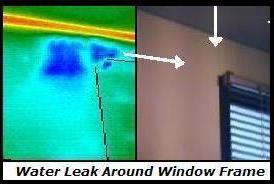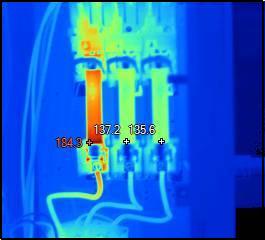Why should you pay full price for a thermal imaging inspection if there aren’t any problems in your home!
There are two types of home infrared scans our company can undertake…
Every home owner has different inspection needs, from a basic leak detection right through to a complete detailed report.
Get a ‘Quick Scan’ first!
A quick scan is great value, gets problems identified fast, keeps the inspection cost down and gives you a great peace of mind that your home is healthy. A quick scan is cheaper than a complete report.
Comparison – ‘Complete Infrared Report’ V’s ‘Quick Scan’:
Both types of Scans Include: Complete thermal imaging scan of all interior walls & complete non-invasive moisture meter reading of all walls. Both scans could reveal any areas of concern regarding moisture, leaks, heat loss and any evidence of missing insulation.
QUICK SCAN: This type of infrared scan is excellent value, and gets to the heart of any potential issues fast. The advantage of this type of inspection is the option to upgrade to the complete report if problems arise that concern you. You may not have any moisture or heat loss problems in your home, so a quick scan is the best starting point for leak detection, home moisture ‘check ups’, and home pre purchase inspections.
A quick scan does not include photos or a written report. The home owner must be present to view the live camera images, view moisture readings and identify areas of concern (Our moisture meter is made in NZ, for NZ conditions).
COMPLETE REPORT: This type of internal inspection includes a complete infrared scan of your home, complete double check with moisture meter and full written report including thermal imaging photos. A complete infrared report is an excellent way to save money during rectifications. With our complete report, you can supply the photos to appropriate contractors so they can go directly to the issue without needing to pull down other parts of your home to ‘find’ the source of the problem.
We guarantee you will not find better value thermal imaging then our quick scan. Call for a free quote!









